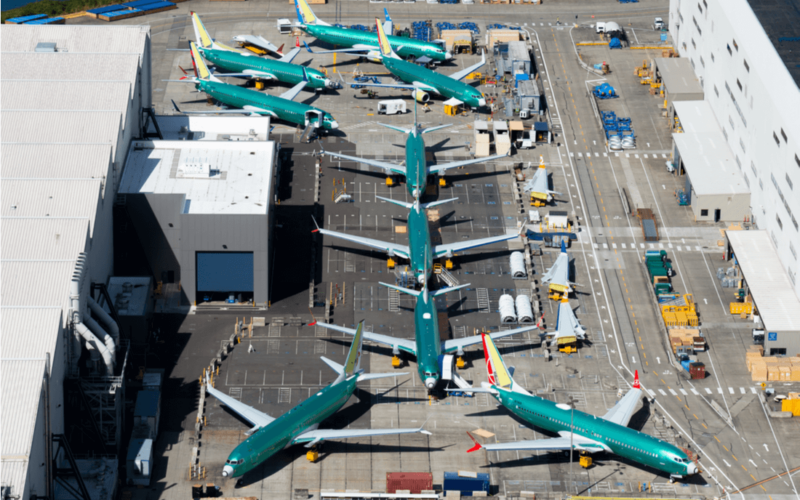Boeing CEO Dennis Muilenburg presented a new organizational chart aimed at reinforcing the safety of its products. On October 30, 2019, he will testify in front of the U.S. Congress about the Boeing 737 MAX involved in two crashes that killed 346 people.
Muilenburg announced on September 30, 2019, the creation of a new Product and Services Safety organization led by Vice President of Product and Services Safety Beth Pasztor. It will bring together teams across the company to review “all aspects of product safety, including investigating cases of undue pressure and anonymous product and service safety concerns raised by employees”.
Pasztor will oversee the Boeing Accident Investigation Team, the Safety Boards and the Organization Designation Authorization program that allows manufacturers certified by the Federal Aviation Administration (FAA) to conduct safety inspections and certification of their own aircraft. This program was heavily criticized in the certification of the Boeing 737 MAX, as the FAA and the manufacturer were accused of “collusion”, leading to discrepancies in the review processes.
Boeing will also establish a Design Requirements Program to “ensure flight deck designs continue to anticipate the needs of future pilot populations”. This could address the critics formulated by the National Transportation Safety Board (NTSB). In a non-final 13-page report published on September 26, 2019, the board criticized the certification of the 737 MAX by Boeing and the FAA for misjudging the reaction of pilots in case of malfunction of the MCAS system. One of the recommendations of the report was for Boeing to “consider the effect of alerts and indications on pilot response and address any gaps in design, procedures, and/or training” in already existing “uncommanded flight control inputs” of the 737 MAX system and other already certified aircraft.
The manufacturer says that its software engineers have run 390,000 flight hours on the 737 MAX—the equivalent of flying 45 years. “Ensuring the safety of the flying public, pilots and crew is our top priority as we work to return the 737 MAX to service,” says Muilenburg. “We’ll keep learning from the recent accidents, share what we learn with the broader aviation community, and emerge better and stronger as a company and industry.”
The recertification of the Boeing 737 MAX is nearing the end, Muilenburg said in an interview with Bloomberg, as the manufacturer is finalizing the new version of the flight control computer. After that, it will be tested by airlines and FAA pilots, with another team reviewing the new training material. “That’s the certification endgame,” Muilenburg said. The company expects to see the aircraft return to service early in the fourth quarter.
On October 30, 2019, Muilenburg will testify in a congressional hearing in front of the Transportation and Infrastructure Committee of the House. He should address the two crashes of Lion Air and Ethiopian Airlines 737 MAX 8s, as well as the management by Boeing and the FAA of the MCAS system certification. “Boeing has accepted the invitation to testify,” the company declared, adding “we will continue to cooperate with Congress and regulatory authorities as we focus on safely returning the Max to service”. Boeing said it has already provided more than 300,000 pages of documents to the Committee.

